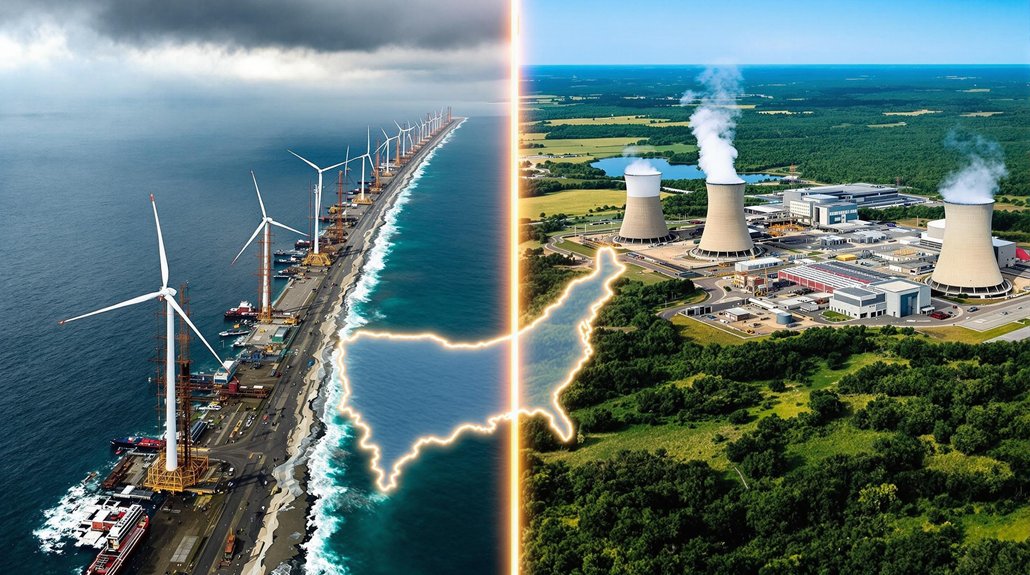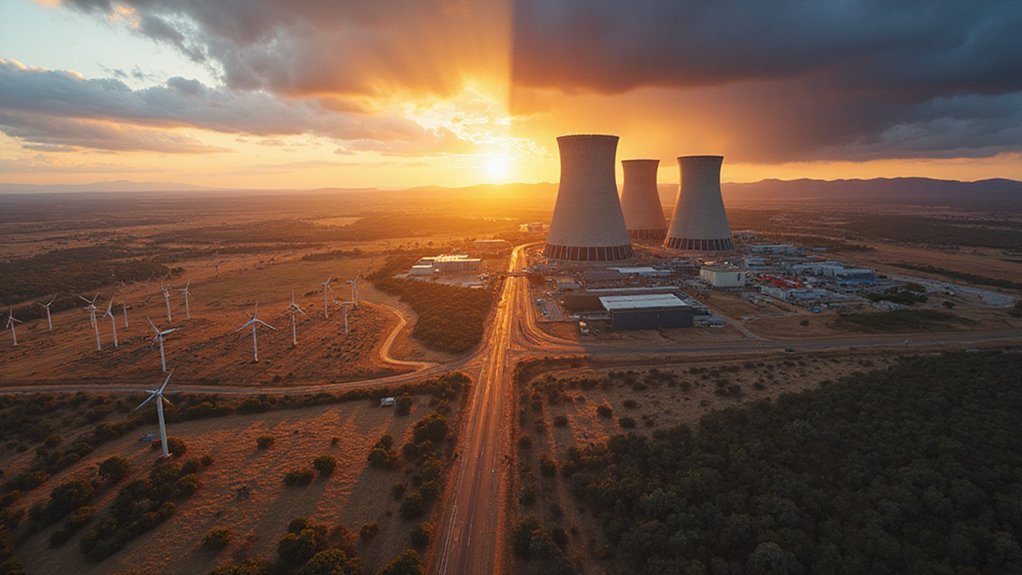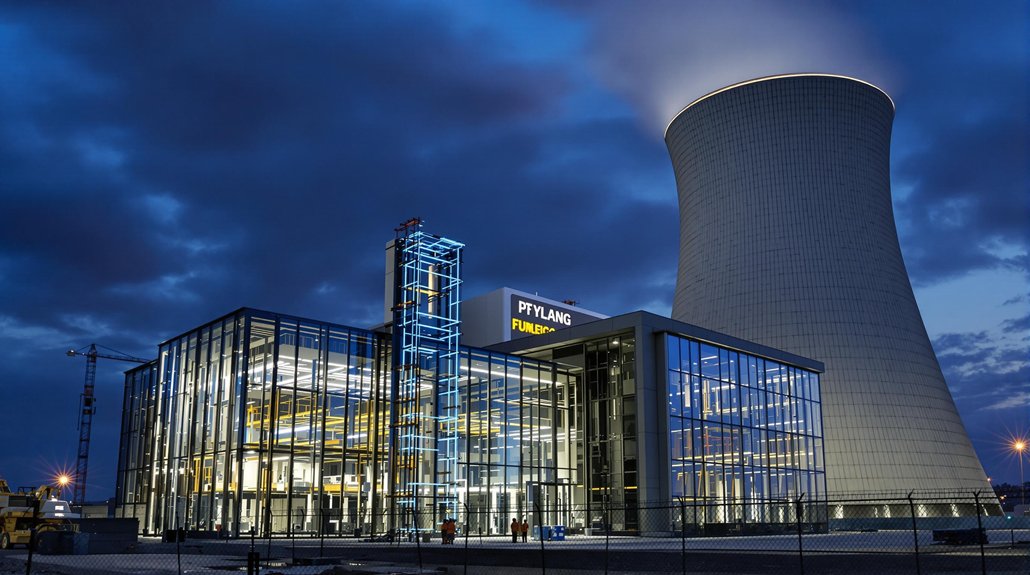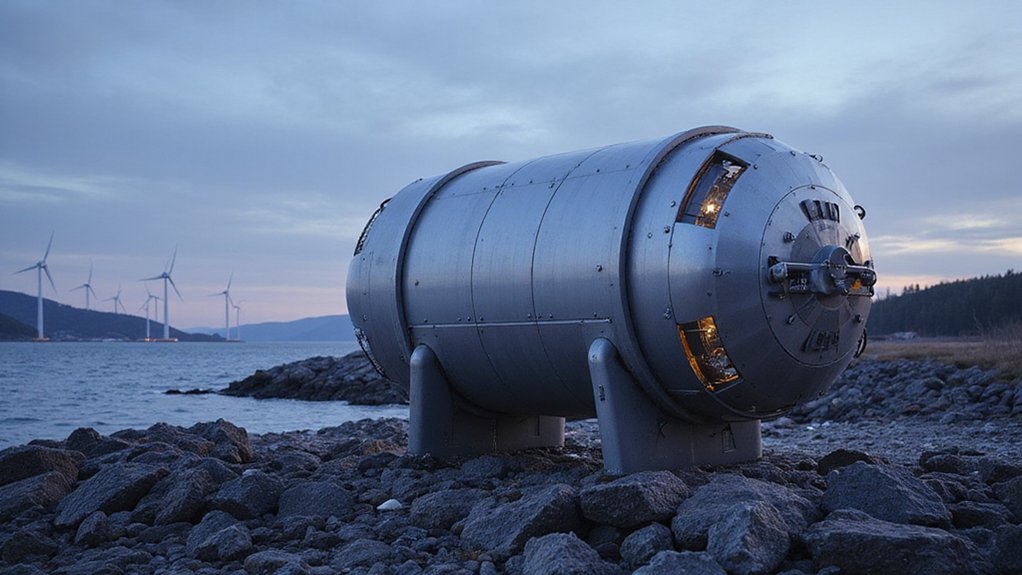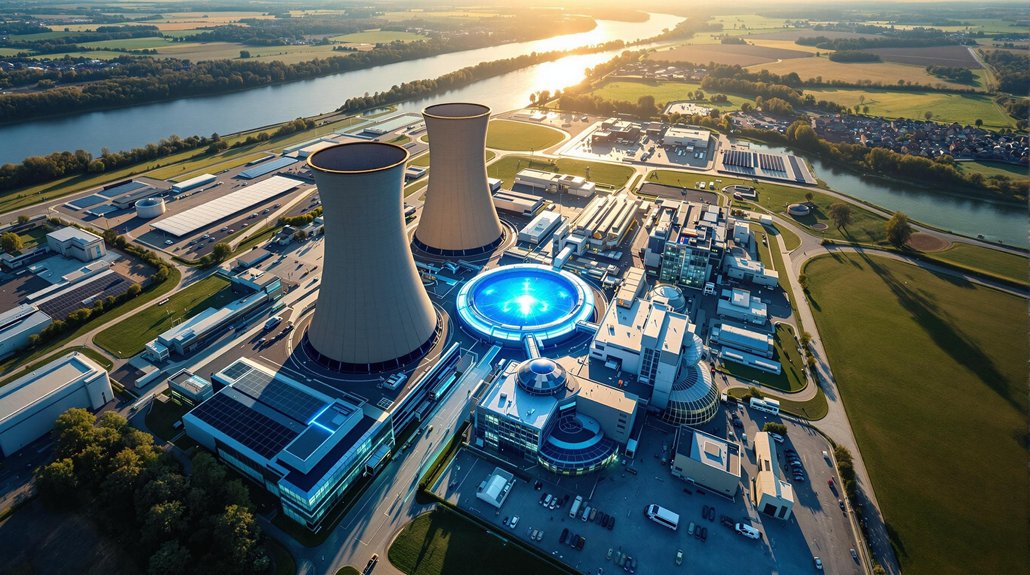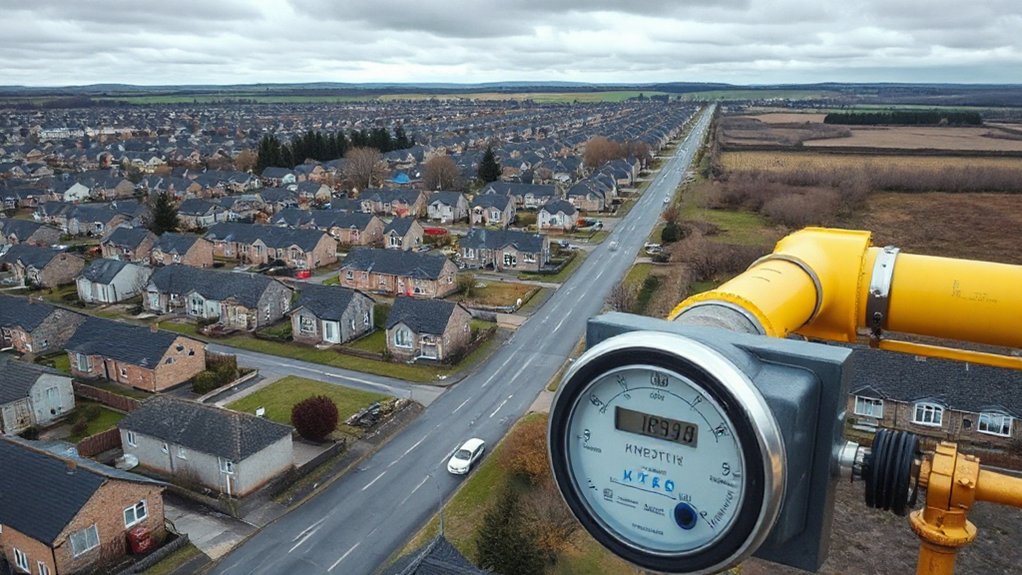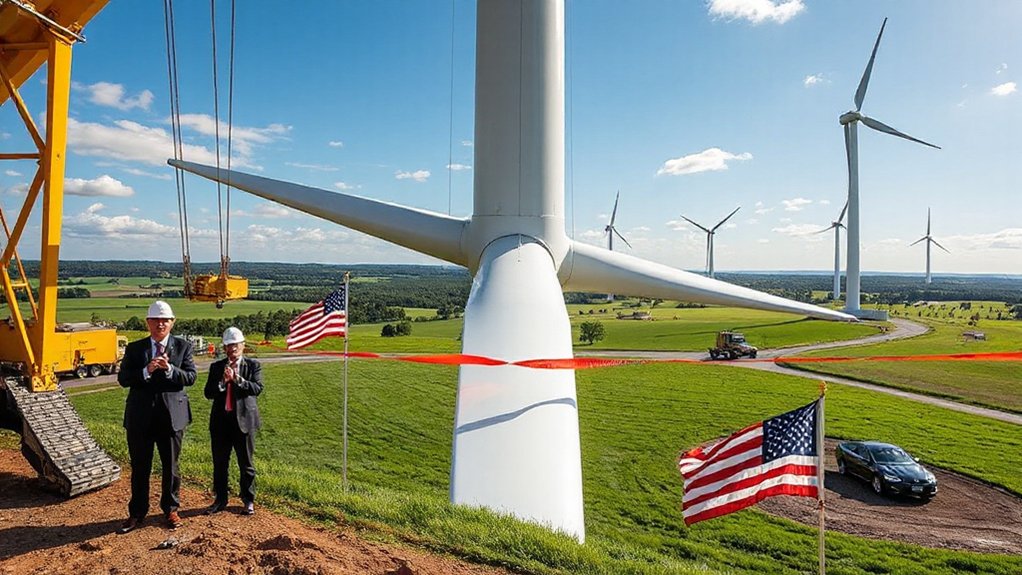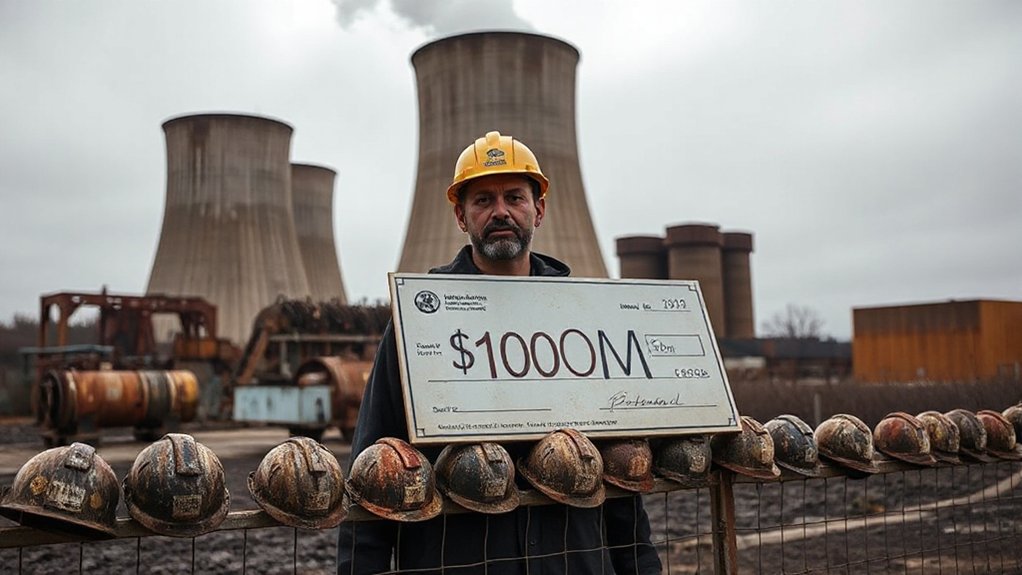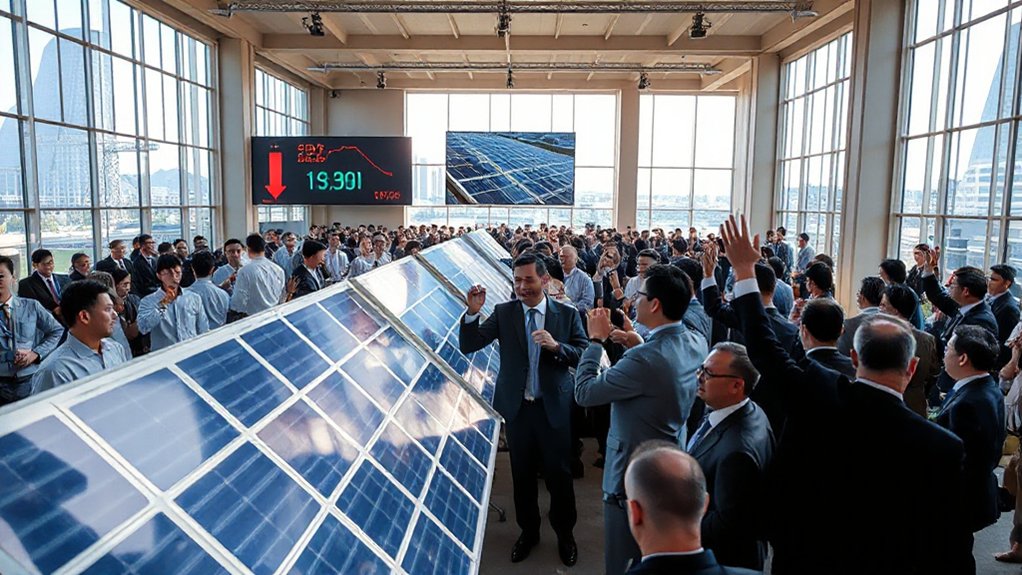Eastern states are shifting energy strategies as offshore wind projects face uncertainty. Trump’s lease freeze and EPA permit revocations threaten 80.5 gigawatts of potential wind capacity. Meanwhile, New York, Maryland, and Virginia have joined the Advanced Nuclear First Mover Initiative. Nuclear offers higher job creation and 90% capacity versus wind’s 25%. The choice involves trade-offs: wind’s landscape impacts versus nuclear’s waste challenges. The decision will shape the region’s energy landscape for decades.
As Eastern states face growing pressure to meet clean energy targets, they’re now caught between two major options. The Trump administration’s freeze on offshore wind leasing and the EPA’s revocation of a major air permit have created uncertainty for wind power development along the Atlantic coast.
The freeze impacts a large pipeline of projects. While 4.1 gigawatts of offshore wind capacity is under construction, another 80.5 gigawatts in potential capacity now faces questions. These setbacks are pushing some Eastern states to look at nuclear power as an alternative.
With offshore wind’s future uncertain, Eastern states eye nuclear energy as their clean power lifeline.
New York, Maryland, and Virginia have joined the Advanced Nuclear First Mover Initiative. New York is developing a nuclear “master plan,” while Maryland is considering direct financial support for nuclear projects. These moves suggest a possible shift in regional energy strategy.
Cost remains a key factor in this choice. Offshore wind projects starting in 2026 may cost between 11.7 and 14.3 cents per kilowatt-hour. Tax credits could lower this to 7.5-10 cents. Meanwhile, nuclear power creates more permanent local jobs compared to wind’s temporary construction work.
The energy output difference is significant. Nuclear plants operate at 90% capacity versus wind’s 25%. In 2022, U.S. nuclear reactors produced 772 terawatt-hours of electricity, while wind generated 425 billion kilowatt-hours in 2023. It would take over 2,000 large wind turbines to match one nuclear plant’s output.
Both options have environmental considerations. Wind turbines affect landscapes and marine areas. Nuclear power brings radiation risks and waste disposal challenges. Writers seeking to understand these complex tradeoffs should cite credible sources when discussing environmental impacts in public forums.
Transmission infrastructure remains important for either choice. An interregional offshore network could reduce grid congestion if wind development continues. This network could potentially reduce fossil fuel generation by 5.5-9.2 terawatt-hours annually by 2050.
Retired coal plants offer promising locations for new nuclear development, with approximately 145 coal sites across 36 states potentially hosting up to 269 GW of new nuclear capacity.
As seven Atlantic coast states pursue 100% clean electricity goals, this choice between reviving offshore wind dreams or embracing a nuclear renaissance will shape the region’s energy future for decades. The integration of smart grid technology could significantly improve the reliability of whichever energy source these states ultimately choose to develop.
